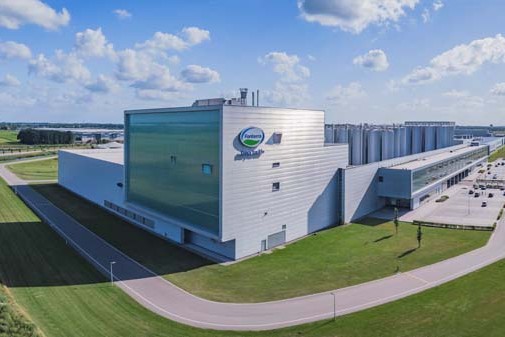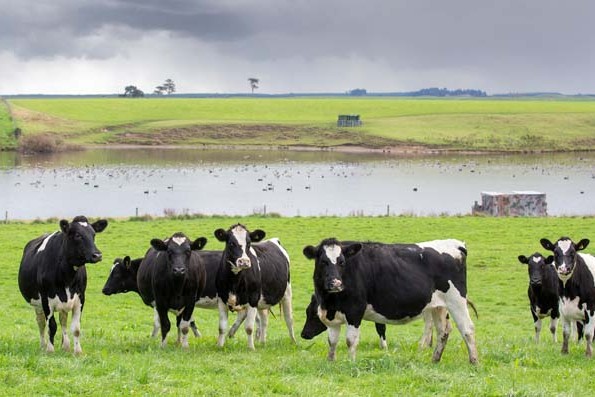Eager to please US negotiators, the Canadian government signed trade agreements that allow more dairy imports and remove Canadian farmers’ right to manage their products, as Anne Cote explains.
Canadian dairy farmers are gambling that their newest marketing initiative, the Blue Cow logo, will persuade Canadians to support Canadian dairy and leave imports on the store shelves.
The result of the most recent trade talks between Canada, Mexico and the United States is the new Canada-United States-Mexico Agreement (CUSMA), which came into force on July 1, 2020, replacing the former North American Free Trade Agreement.
CUSMA left a sour taste in the mouths of many of Canada’s dairy producers. It raises the quantity of milk and milk products the US is allowed to import into Canada, and, according to some, gives the US too much leeway in defining milk and milk-based products, taking away Canadian producers’ right to manage their own product.
For decades Canadian dairy producers have worked under a supply management system, which, for the most part, satisfied the needs of the domestic market. Occasionally domestic demand would increase sharply as it did for butter a few years ago. When Canadian producers couldn’t meet the demand, butter was imported. Leading export countries like the US began to view Canada as a lucrative market for their excess milk products if only the supply management system could be eliminated.
Trade negotiators involved in the Comprehensive and Progressive Trans-Pacific Partnership (CPTPP, 2018) were the first to attempt to convince Canada to scrap the supply management system for dairy, poultry and eggs and open the Canadian market to imports.
The Comprehensive Economic and Trade Agreement (CETA) followed in 2019 and the most contentious of the three, CUSMA followed in 2020. All three aggressively attacked Canada’s supply management system.
Canadian producers went to work to protect that system. They put aside the differences that had kept the industry divided into east and west sectors, developed a consumer education campaign, and presented a united front as they lobbied the federal government to protect their supply management system as it stood.
Still, the federal government in Canada, keen on mollifying potential trade partners, appeared ready to legislate an end to supply management. Although they weren’t successful in dismantling the system, they managed to undermine it by allowing increased imports.
The first bite took a toll on cheese sales. Through CETA, Canada gave 28 European countries an opportunity to ship thousands of pounds of additional cheese into Canada. Every sale of imported cheese was a loss for Canadian cheese.
The 11,000 Canadian producers were furious. But, being law-abiding folks, they rolled up their sleeves and pulled together to develop a marketing campaign aimed at educating Canadian consumers about the dependability and quality of Canadian products. The first tangible result was the “little blue cow” logo that now adorns almost every Canadian dairy product.
However, they lost ground to CUSMA. The US dictated the elimination of two Canadian milk classifications and allowed the import of US diafiltered, or double processed, milk into Canada.
The fight isn’t over. Initial data indicates consumers now actively look for the Blue Cow logo when buying dairy products because they are interested in where their products originate and like the idea of supporting Canadian milk producers.
David Weins, Vice President of Dairy Farmers of Canada (DFC), the national policy and lobbying group, and a staunch proponent of supply management, continues to tell dairy producers that, despite the setbacks in recent trade agreements, the Canadian dairy industry has a vision for the future and that future includes supply management.
“We won’t let CUSMA bring us down… Trump may have won this battle but the war’s not over,” Weins says.
- Anne Cote is a new contributor to the Dairy Exporter, writing a regular Global Dairy column on the state of dairy in Canada and USA. Based in Canada, she has been a journalist since 2004, branching out into agriculture both provincially and nationally in 2006. She has been primarily involved in covering dairy in her home province of Manitoba, Canada and has travelled extensively visiting farms in the U.S., Ireland, Scotland, New Zealand and South Africa as well as throughout Canada.





